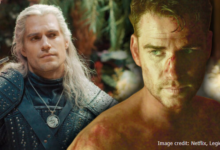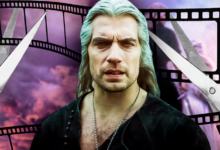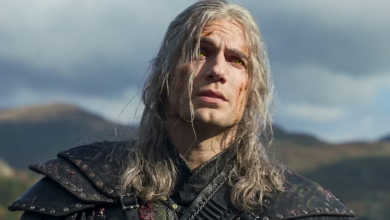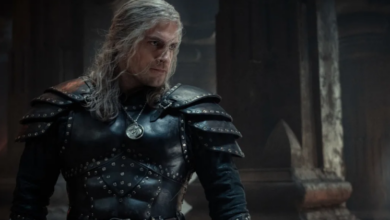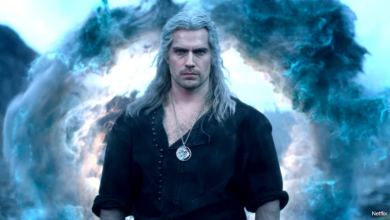I miss when The Witcher was Netflix’s monster-of-the-week show
The show has strayed from its episodic roots, but an opportunity to reset approaches

Netflix’s The Witcher is approaching yet another inflection point. The show has gone through many changes over the years, but it’s coming up against its biggest one yet: life after Henry Cavill, with Liam Hemsworth coming in to play Geralt for the fourth season. And it’s an opportunity to return to what brought the show success in the first place.
The Witcher got off to a running start as a series that used monster encounters and fantasy devices to create compelling episodic television that supported the larger world it was building. Sure, there was a larger story, but Geralt’s early stories (and Yen’s, and Ciri’s) were defined by the dangerous encounters and gnarly creatures they had to overcome in each episode.
Then, the show’s second season moved closer to Game of Thrones imitation, sacrificing some of the episodic monster hijinx in favor of the broader story it was trying to tell. And the third season, unfortunately, fully embraced that direction, going heavy on Witcher lore and opaque political plots instead of the simple pleasures of Geralt grunting at and then slaughtering some ghoulish foes.

There are moments of monster mashing in the third season, of course: The flesh monster is a standout, as is the attack on the ship later in the season. But these feel like sparse punctuation moments within the less compelling larger story of The Witcher season 3, rather than climactic moments within an episode dedicated to the tension and mystery around the monster’s existence and threat.
While I’m generally in the camp of We have too many long movies masquerading as TV shows and we should return to more episodic TV, that’s not the only reason I think The Witcher should embrace its upcoming reset as an opportunity to change gears. The show itself is way more fun and enjoyable when it does so: Revisit the great premiere of the second season or the dragon hunting episode “Rare Species” from the first season. You’ll be reminded that as episodic monster hunting television, The Witcher better immersed you in its world by having Geralt interact with people in it who needed his help.
It also allowed Cavill, one of the show’s biggest strengths, to just do his thing, groaning, grunting (either exerting himself or sarcastically), and using the considerable work put into his swordplay to hack his way through conflicts with determination (and usually a touch of annoyance). It also let the skilled production team design creepy, exciting ghouls (that would then be sliced into pieces).

Most importantly, the episodic structure allowed The Witcher to avoid what has become its biggest weakness: the impenetrable lore. I have not read the books (something I’d wager I have in common with much of Netflix’s audience), and the show has given me no reason to care about the larger political conflicts happening in the world of The Witcher. The scheming characters and shifting alliances are as thinly drawn as possible — seemingly in an attempt to limit exposition, but instead giving viewers nothing to latch onto in the stakes of the larger conflict beyond their connections to Geralt and Ciri.
That isn’t enough to carry the weight of a world-level political conflict — but it is more than enough to keep us cheering through some monster bashing. So let’s do more of that, yeah? Less Vilgefortz, more villain-filled forts. Less Cahir, more to fear. Less Dijkstra, more frights …ta… hunt. You get the picture.
The fourth season of The Witcher is already going to be a reset for the show. Why not make it a total reset, and bring Netflix’s breakout fantasy hit back to its roots as episodic TV?
